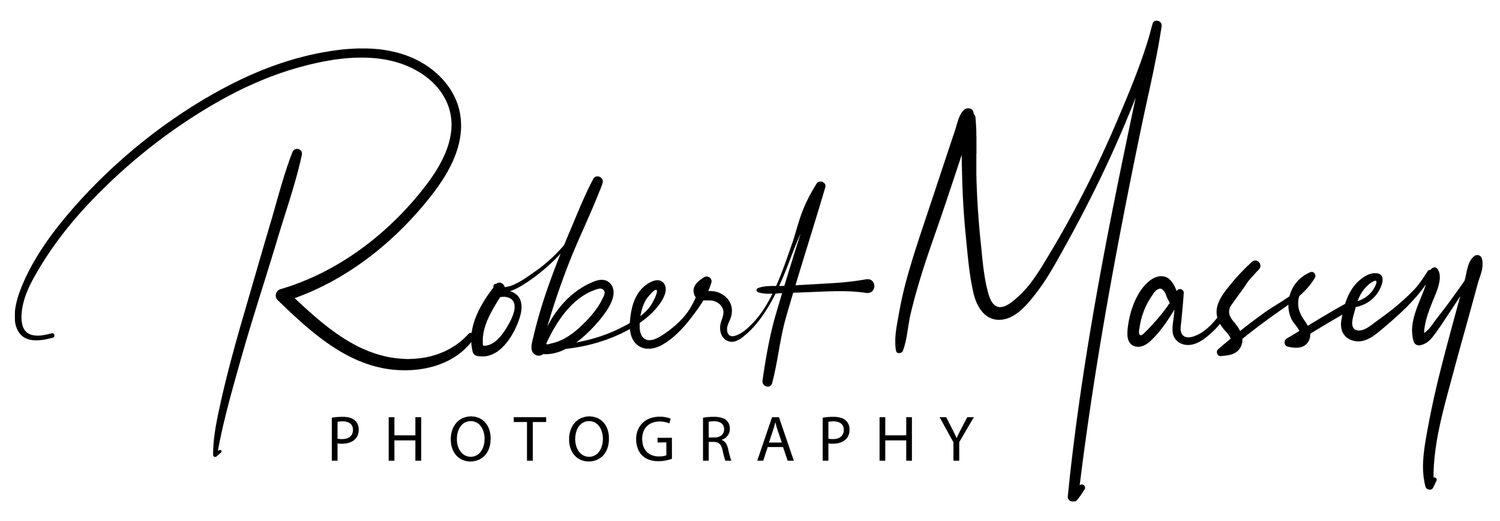012 - Fundamentals of Photography: The Exposure Triangle
The exposure triangle is a fundamental part of understanding exposure and how your camera captures a scene. This is what we are talking about in the episode today in part 1 of our Fundamentals of Photography.
If you've never taken your camera out of auto, this episode is for you!
If you are even somewhat unsure of what shutter speed, aperture or ISO are and how they work, this episode is for you!
If you have used a camera for years, but are thinking it's time for a refresher, this episode is for you!
Basically, if you want to take great photos, you need to know this.
The exposure triangle is three camera settings that are critical to how your camera captures the scene in front of you.
Shutter Speed
This is probably the most important aspect to understand in the triangle. Because if your shutter isn’t fast enough to give you a sharp image, nothing you do in post can save that.
Shutter speed is a measure of how long the shutter on your camera stays open. This controls how long light is hitting your sensor. Basically, when the shutter is open, your camera is recording time.
The faster the shutter speed means the less time the shutter is open for, meaning less light will hit the sensor, resulting in lower exposure. The slower the shutter speed means the more time the shutter is open for, meaning more light will hit the sensor and result in higher exposure. So fast shutter speed means less light, slow shutter speed means more light.
Shutter speed also controls how your camera records motion.
faster shutter = frozen movement
slower shutter = more movement
Aperture
Also known as f-stops or f-numbers
This is a measure of how open or closed the lens’ iris is.
Controls light hitting the sensor and some depth of field
Wide Aperture
Large opening in lens' iris
Small f-numbers (1.4, 2.0, 2.8 etc...)
More light hitting sensor because of bigger opening
Less depth of field
Narrow Aperture
Small opening in lens' iris
High f-numbers (11, 16, 22)
Less light hitting sensor because of a smaller opening
Higher depth of field
ISO
This comes from the days of film, where we had way less control over the ISO. At that time it was the sensitivity of the film you used. Today, we view it as the sensitivity of the sensor to light. Although, technically we’re not controlling the sensitivity
Higher ISO values
Less light needed for photos
More grain in images
Lower ISO values
More light needed for photos
Less grain in images
This is the exposure triangle. We go over this more in-depth in the episode, so give it a listen and let us know what you think! Also, don't forget to get the freebie from the website that gives you a cheat sheet to the exposure triangle in the field.






